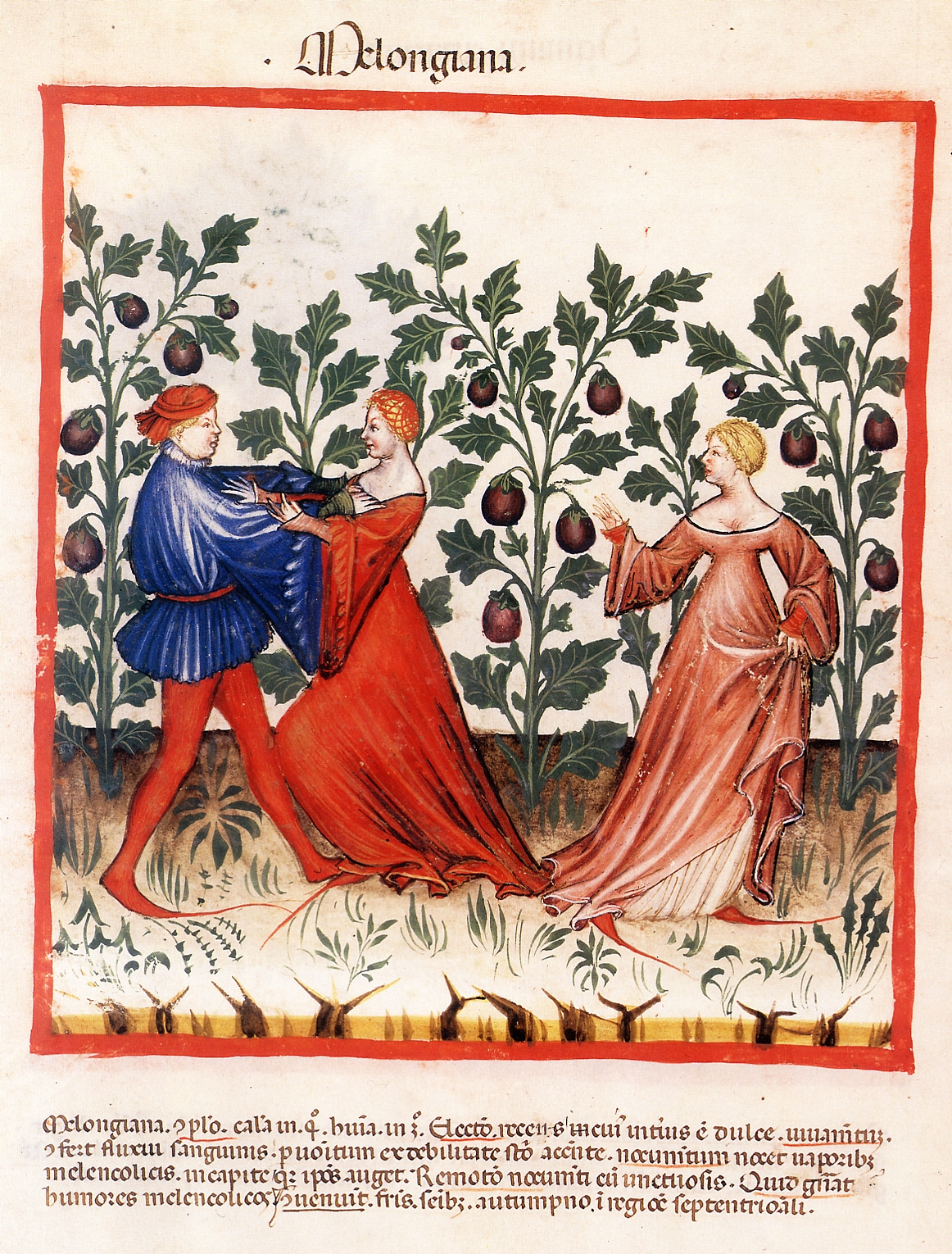As crazy as it sounds, most popular food crops can be traced back to one guy, David Fairchild, who worked for the US government in ~1900 and his job was to travel the world and bring back interesting plants to grow to advance American agriculture. He brought back over 100,000 plants. The list is stunning. There is a good book about it, The Food Explorer. Travel was by ship at that time and slow and world travel was filled with crazy adventure stories. Agriculture in the 1800s was sad, you could count the number of American cash crops on your fingers (or thereabouts). Corn, potatoes, etc.
Anyway, he introduced varieties of avocados, pomegranates, kale, broccoli, beets, cabbage, cauliflower, celery, lettuce, asparagus, parsley, cucumber, cabbage, radishes, mango, peach, pistachios, cashews, grapes, meyer lemons, soybeans, pima cotton, rice, nectarines, dates, hops, and even brought flowering cherries to Washington DC.
Interesting story, for example wandering remote areas in italy to track down rumored seedless grapes that found their way to california to create the eating grape and raisin industry. American hops sucked at the time so he stole prized varieties from germany so America could make decent beer. He tracked down prized long grain cotton in egypt to grow in the US.
He searched for crops that could grow in varied climates like swampy gulf coast, tropical florida, etc.
Its a really interesting story. I had never heard of him.








